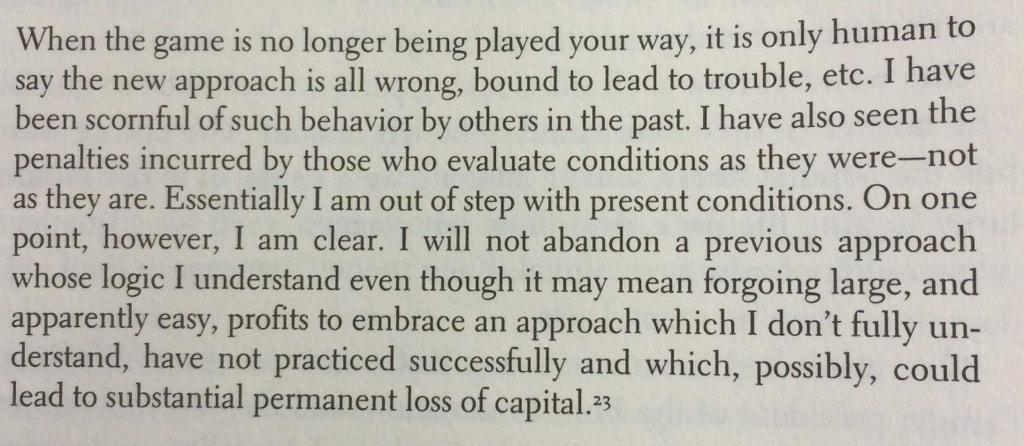
Norway will ban new sales of fuel cars in 2025.



Yes ,95% Traders will lose MONEY………………….It’s Open Challenge.
95% Traders losing Time ,Money ,Energy :Forget U will ever Earn ,Never think about Minting Money and Creating Wealth.
Just Avoid Blue Channels ,Fundamentals of Country or Companies :All Bogus.
Extreme level of Insider Trading + Huge Manipulation :Every day goes on ( 95% Traders Don’t know this )
Technically Yours/ASR TEAM/BARODA
 For a fair coin, the answer sho uld be that both outcomes are equally lik ely.
For a fair coin, the answer sho uld be that both outcomes are equally lik ely.
If you Believed that the next flip is more likely to be tails because “tails is due to come up” this is whats is known as gambler’s fallacy, a great example of availability bias. i.e ” availability bias occurs when our estimates of probabilities are influenced by what is most “available” .
The purpose of the quiz is simple .
As traders assess new information, all observations must be appropriately weighted in prices or estimates of probabilities. If traders are unduly influenced by availability bias, the resulting estimates may not be accurate. You must at all time in your approach be equally fair, balanced objective and dispassionate while gathering your analysis toward trading .


 101% U all Should Buy this Book and 101% u should read…………..!!
101% U all Should Buy this Book and 101% u should read…………..!!
Just completed reading this Book (Already read 3 times and everytime …..Something NEW…..I learn )
Here are 10 Lessons from the Book :
1. The Process and the Practice: “Confidence doesn’t come from being right all the time: it comes from surviving the many occasions of being wrong” (27).
2. Stress and Distress: “Thinking positively or negatively about performance outcomes interfere with the process of performing. When you focus on the doing, the outcomes take care of themselves” (56).
3. Psychological Well-Being: “We can recognize the happy trader because he is immersed in the process of trading and finds fulfillment from the process even when markets are not open” (72).
4. Steps Toward Self-Improvement: “Your trading strengths can be found in the patterns that repeat across successful trades” (105).
5. Breaking Old Patterns: “Many trading problems are the result of acting out personal dramas in markets” (133)
6. Remapping the Mind: “When we change the lenses through which we view events, we change our responses to those events” (168)
7. Learn New Action Patterns: “Find experienced traders who will not be shy in telling you when you are making mistakes. In their lessons, you will learn to teach yourself” (203)
8. Coaching Your Trading Business: “Long before you seek to trade for a living, you should work at trading competence: just breaking even after costs” (230)
9. Lessons From Trading Professionals: “If you don’t trust yourself or your methods, you will not find the emotional resilience to weather periods of loss” (267)
10. Looking For the Edge: “The simplest [trading] patterns will tend to be the most robust” (311).
And a final admonition: “Know what you do best. Build on strengths. Never stop working on yourself. Never stop improving. Every so often, upset the apple cart and pursue wholly new challenges. The enemy of greatness is not evil; it’s mediocrity. Don’t settle for mediocre” (341).
Technically Yours
Anirudh Sethi/Baroda
 If you don’t have risk management rules, you don’t have a method. You are gambling. Knowing when and what to enter is only one side of the coin. It is necessary, but not sufficient.
If you don’t have risk management rules, you don’t have a method. You are gambling. Knowing when and what to enter is only one side of the coin. It is necessary, but not sufficient.


